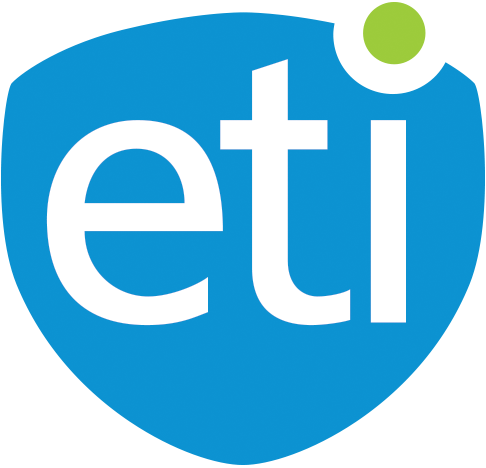If the Fiber Broadband Association’s webinar on November 11, 2025 made one thing clear, it’s this: AI success starts—and too often ends—with data. Industry leaders Peter Cresse and Don Eben joined me, Jeff Boozer, as part of a panel that reiterates that point. Here’s a summary or if you prefer, you can watch the entire webinar by clicking here.
Despite record investment and excitement around artificial intelligence, the numbers are sobering. Ninety-five percent of organizations fail to implement their AI strategy successfully, and only five percent of pilot programs ever make it to production, according to McKinsey. The message? AI isn’t failing because of the algorithms. It’s failing because of the data.
Why AI Fails: It’s All About the Data
Most organizations are sitting on mountains of data—but it’s fragmented, inconsistent, and trapped in systems that were never built to work together. Many of these systems rely on decades-old architecture, like relational databases or one-off integrations that were designed for transactions, not intelligence.
The webinar walked through a familiar landscape of data challenges:
- Silos everywhere. Subscriber, network, and device data all live in different systems.
- Unstructured chaos. Information trapped in Excel files and Word docs never makes it into AI models.
- Degraded quality. Data often loses accuracy as it moves from engineering to construction to field ops.
- Bespoke integrations. The average cost to integrate just two applications can exceed $600,000—and each connection becomes another maintenance headache.
- Focus on workflows, not intelligence. Too many projects digitize processes without actually automating or learning from them.
In short: organizations want AI to make sense of their world, but their data doesn’t make sense to begin with.
The Path to AI Readiness
A recurring theme in the discussion was that AI readiness isn’t about the model—it’s about the foundation. The panel laid out a practical, step-by-step path for organizations that want to get there:
- Own your integration. Know your systems of record and how data flows between them.
- Clean and document everything. From high-level business processes to low-level data definitions—clarity drives consistency.
- Standardize your structure. A common data model or trusted data lake is key to feeding AI.
- Start small, win early. Apply AI to focused use cases like customer reporting, demand forecasting, or predictive maintenance.
- Build over time. Do it in phases—proof points matter more than perfection.
It’s a message that aligns with McKinsey’s findings: only 20% of companies are executing effective AI strategies today, while 80% are still building the data foundation needed to make AI possible.
Interoperability: The Key to Scaling AI
One of the most interesting parts of the webinar explored data interoperability—the ability for systems and applications to communicate seamlessly.
Several new frameworks are helping move this forward:
- Enterprise Integration Platforms (EIPs) are modernizing legacy data flows, helping companies clean, validate, and standardize data centrally.
- The Model Context Protocol (MCP) offers a new way for applications to share data directly with AI models—creating faster, more flexible data exchange.
- And Unified System Integration (USI) is emerging as a way to align internal and external data under a single, interoperable approach.
These technologies make it possible to combine internal and external data, modernize APIs, and transition from workflow automation to domain-based intelligence—a more holistic approach that organizes data around business functions rather than software silos.
Culture Change and Quick Wins
Beyond the technology, the speakers emphasized that AI is a cultural shift as much as a technical one. Getting teams to trust shared data, adopt new processes, and work cross-functionally is often harder than the engineering itself.
But success doesn’t have to be far off. The experts pointed to quick wins like improving CRM data quality or introducing predictive maintenance on network devices—projects that show measurable ROI while building internal confidence in AI.
Final Takeaway
The takeaway from the session was simple but powerful: AI will only ever be as good as your data.
To move from ambition to reality, organizations must focus on interoperability, standardization, and ownership of their data ecosystems. Once the foundation is solid, AI can truly begin to deliver the insights and automation it promises.
Because in the end, the difference between the 95% that fail and the 5% that succeed isn’t the model—it’s the data that feeds it. To learn more about how ETI is helping providers move towards data interoperability, reach out to me at jboozer@etisoftware.com or click here
© 2025 Enhanced Telecommunications.





